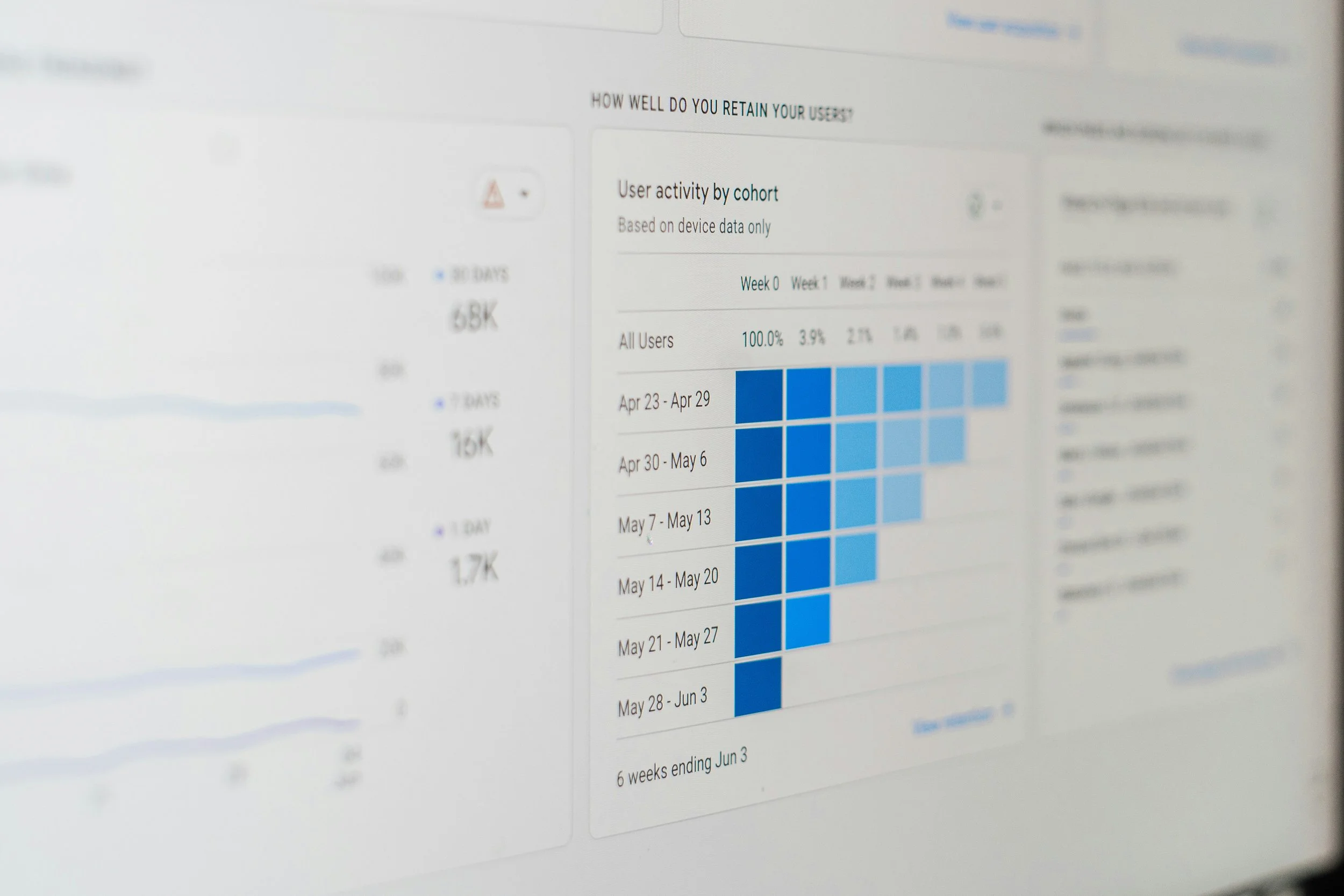Public Speaking Tips: How to effectively use body language when presenting.
How important is body language when presenting?
Do a quick search for “body language” online and one of the top returns is this YouTube video from Stanford Business School. It has over 2 million views. A pretty strong indicator that being in control of the physical choices you make when presenting is as important as owning your voice.
When the topic of body language comes up with clients preparing for a presentation we’re often asked, “What should I do with my hands?” Or, “Should I move around or stand in place?” The answer is, there isn’t one right answer.
Asking the question in and of itself is what’s most important, however. It’s the process of actively, consciously, deciding to make a physical choice that’s key. Because what often happens when we’re nervous in front of an audience is we do things with our body we’re not even aware of.
Somehow we become magically disconnected from the neck down when singularly focused on successfully communicating our idea.
Once during a practice session a Columbia Business School student gave his entire 10 minute presentation holding his water bottle in his left hand! Instead of trying to pre-decide what type of body language you should employ while onstage, follow these 3 steps to avoid giving off a stiff, calculated or formulaic impression.
Map out each major idea within your presentation and ask yourself what you want from your audience in each of those moments. Do you want them to take action? To feel inspired? To trust you?
Once you’ve clearly answered how you want each of your ideas to affect your audience you’re ready to actively and consciously choose the body language you want to use in order to effective reach your audience. A great resource is this April 2017 article from Harvard Business Review replete with illustrations.
Play around with different physical choices while you practice and see how they make you feel (did I mention practicing is key to effective body language onstage?) Here are some of our go-tos.
Tips for achieving effective body language onstage
Tip #1: When transitioning to a new thought or phase of your presentation, move deliberately across the space or stage. This will act as a proverbial palate cleanser for you and your audience. It will allow both of you time to process your previous point before you move on to the next.
Tip#2: Check out Patsy Rodenburg’s Second Circle. The positioning of your chest and shoulders can be the subtle but powerful difference between creating a moment of intimacy or inspiration.
Tip #3: Videotape yourself practicing. During playback note any gestures you make that don’t directly support your idea or intention. Run through your presentation focusing only on eliminating all unnecessary physical choices. Perhaps it’s overuse of your hands or tapping your foot. You may (ok, will) lose your train of thought as you try to do this. Be patient with yourself.
As always, remember that all physical communication--verbal and non-verbal--is a muscle. And like a muscle it takes time to train and strengthen. So kudos to you for investing the time in changing ingrained habits standing in the way of your next successful presentation.
About the Author
Jackie Miller launched Bespoken in 2015 to channel years of professional performance experience into techniques that improve public speaking, presenting, and professional communication skills. She holds a B.F.A. and M.A. both from New York University’s Tisch School of the Arts.




